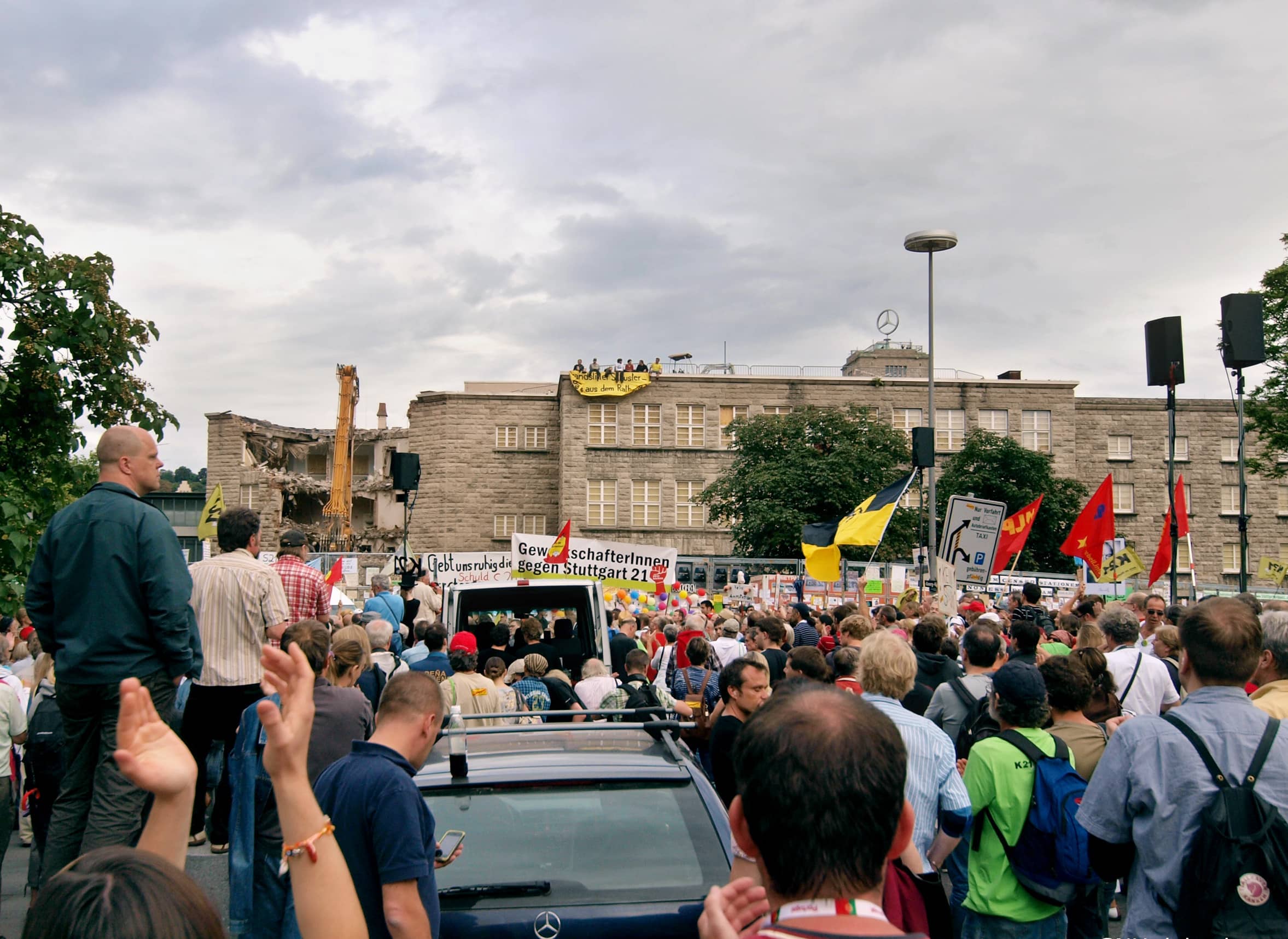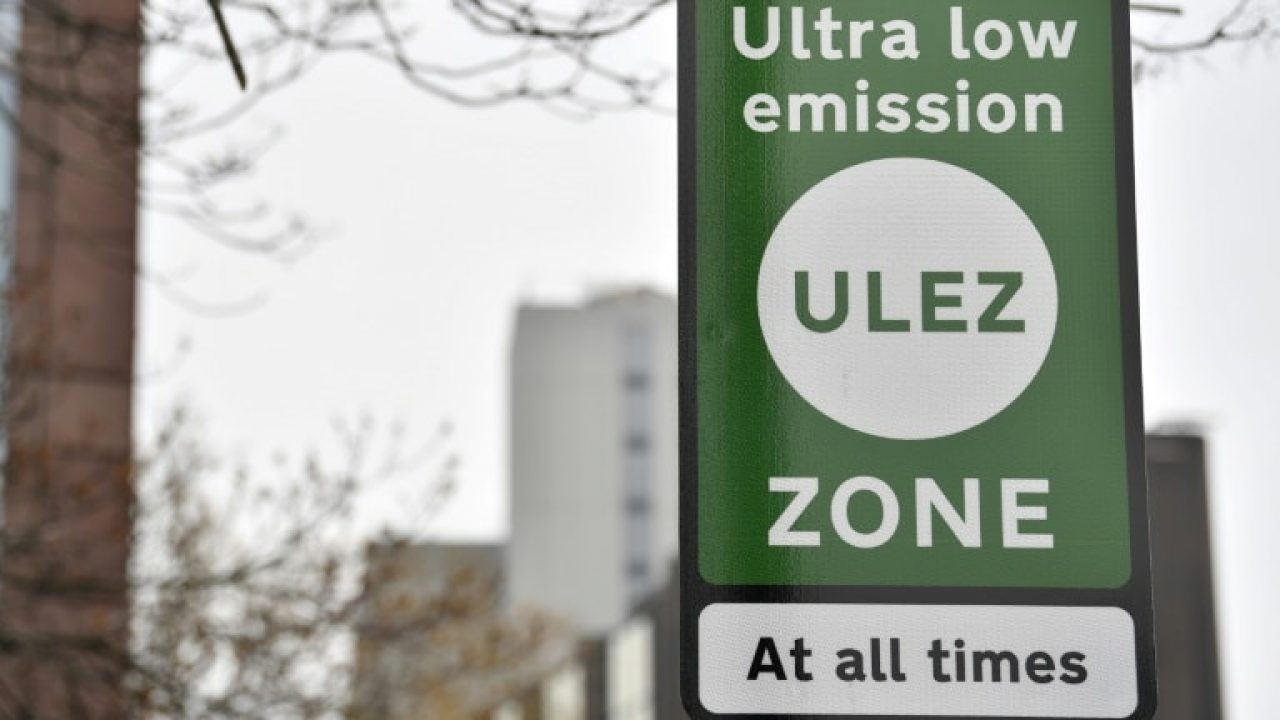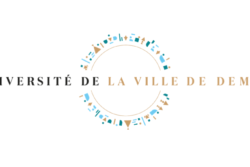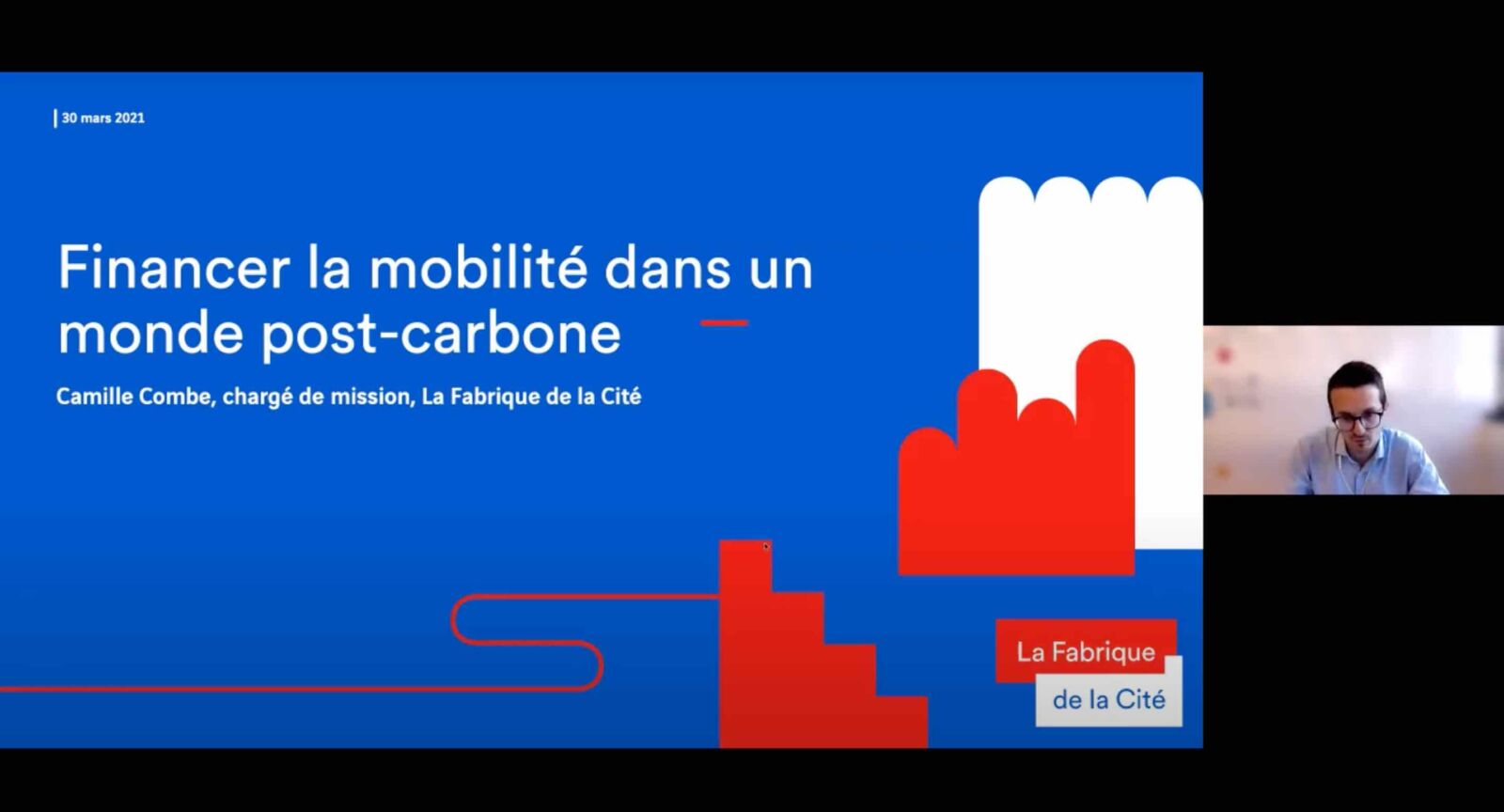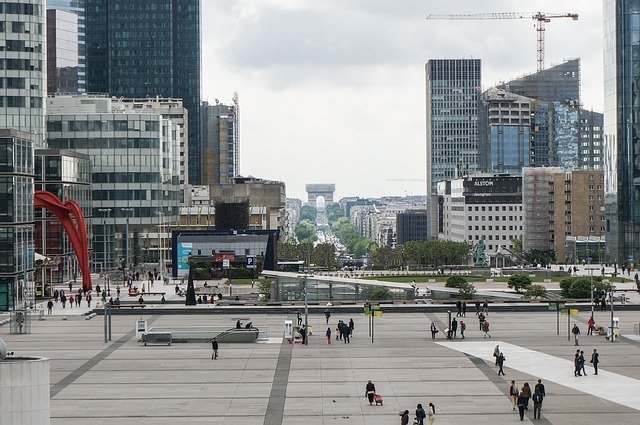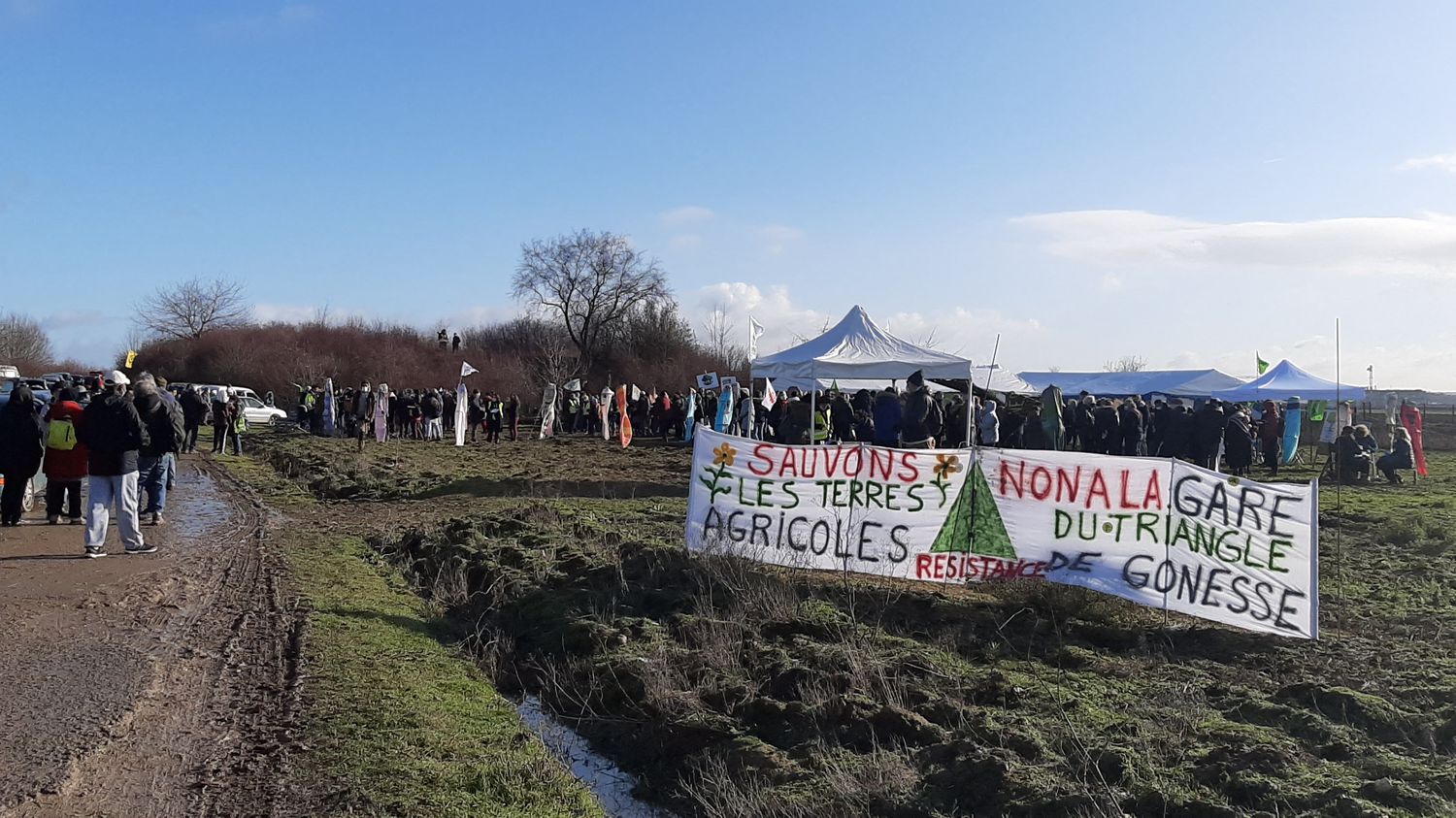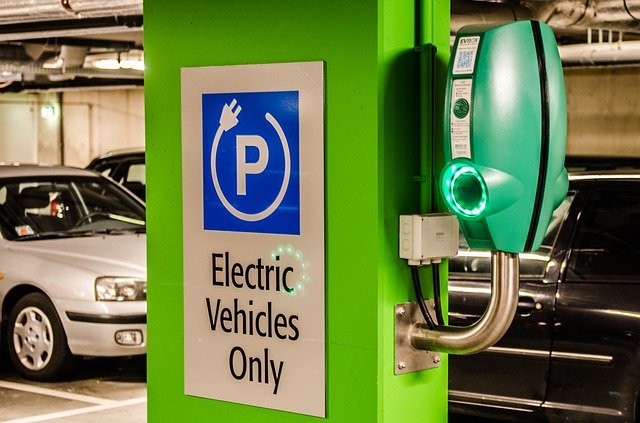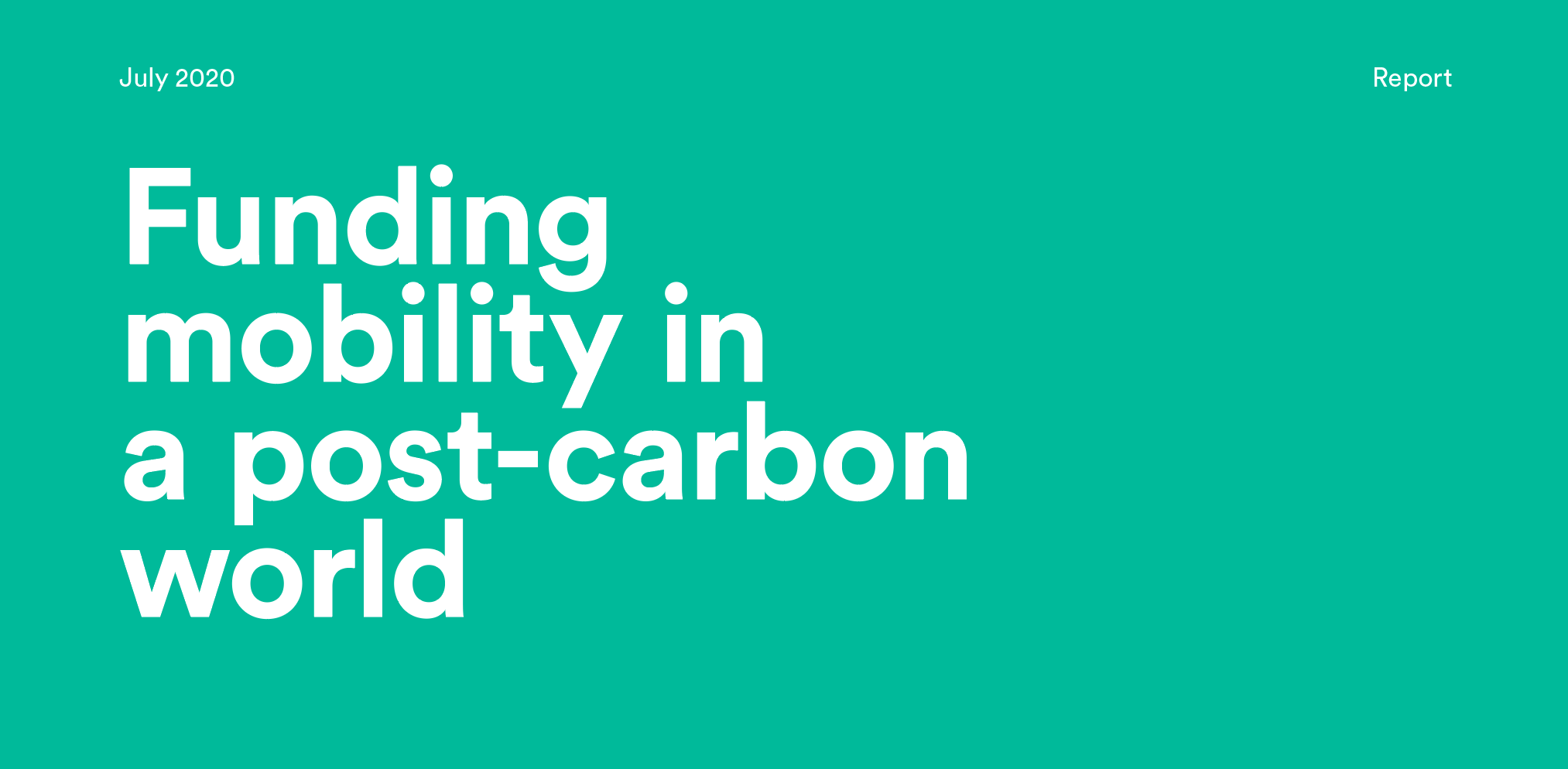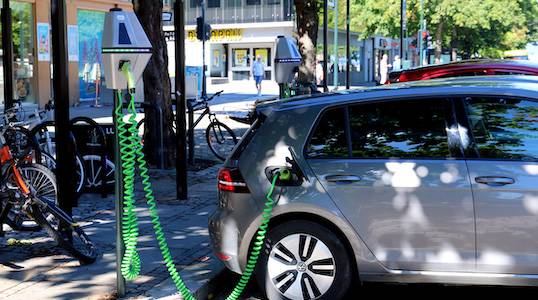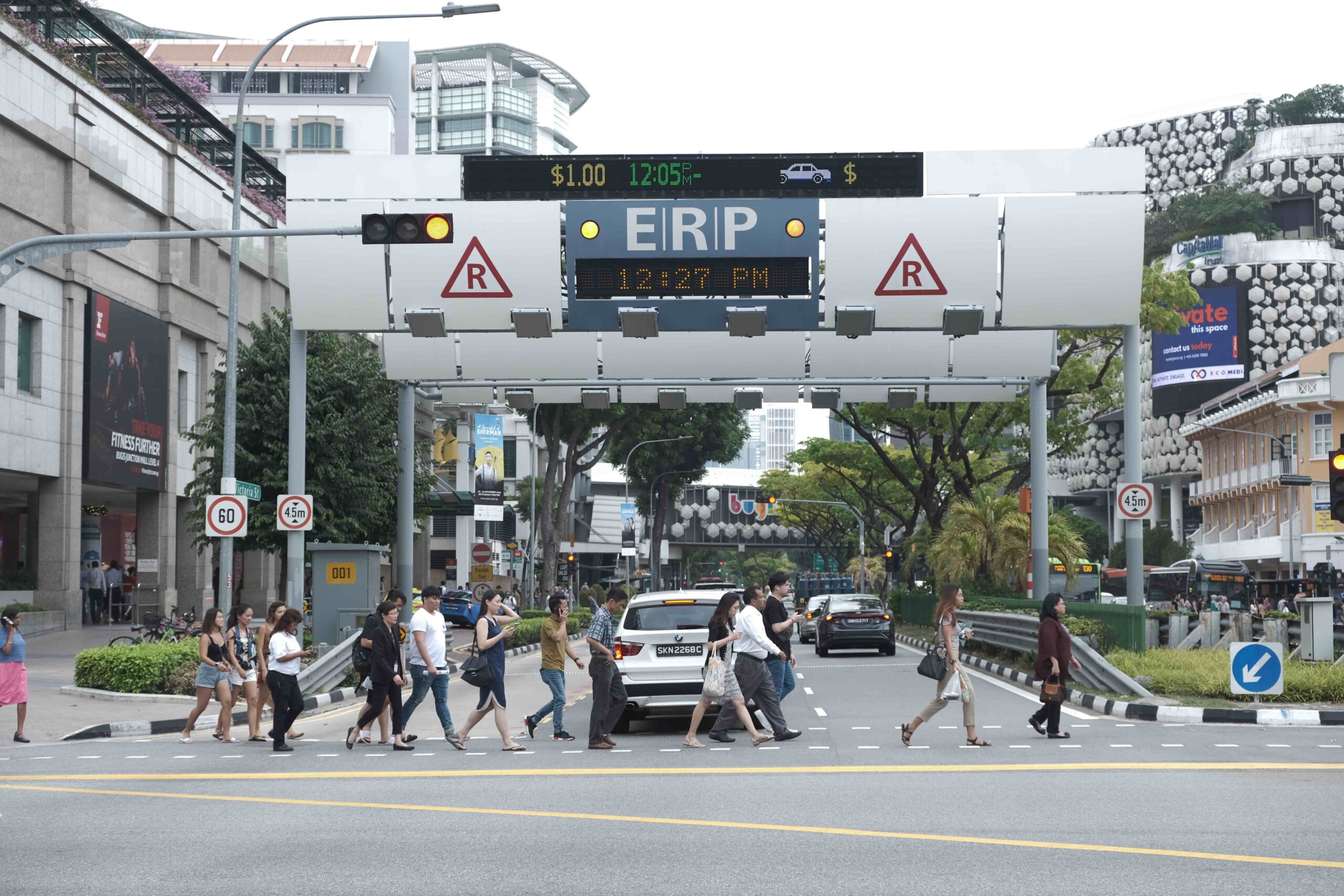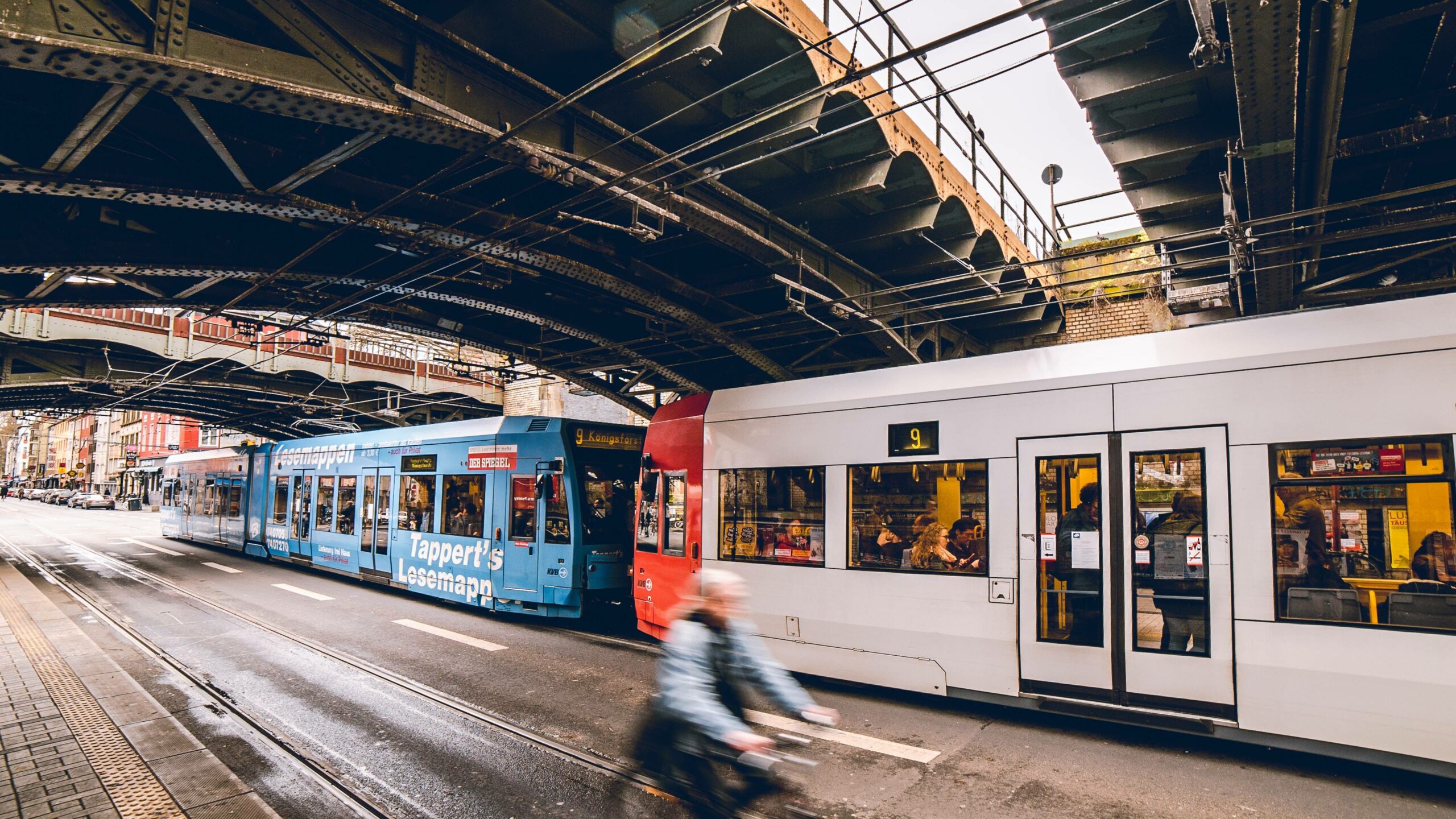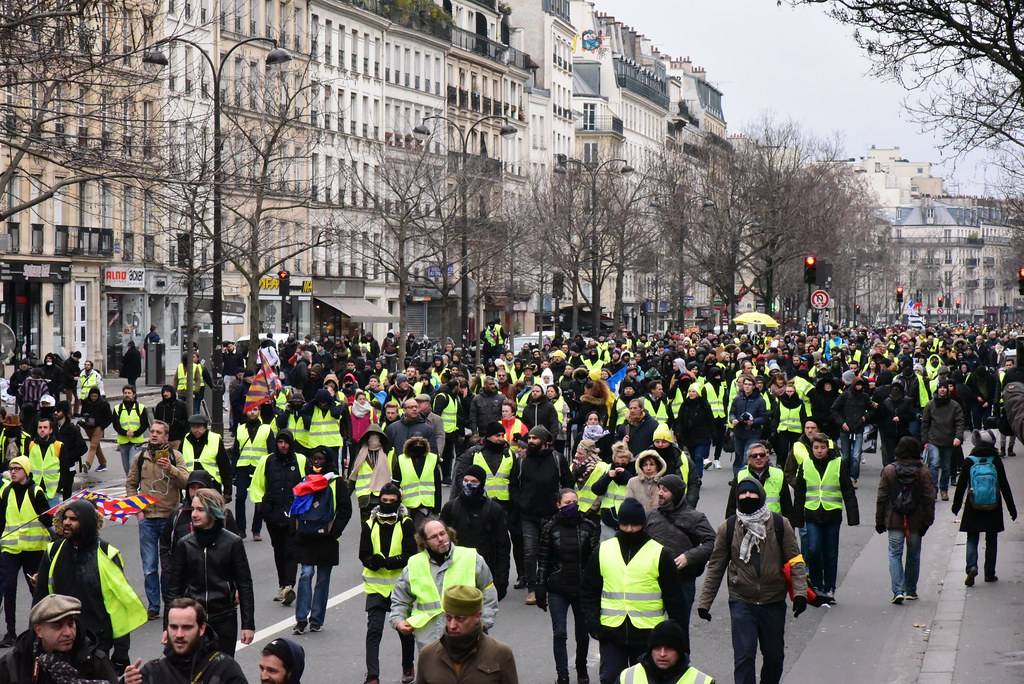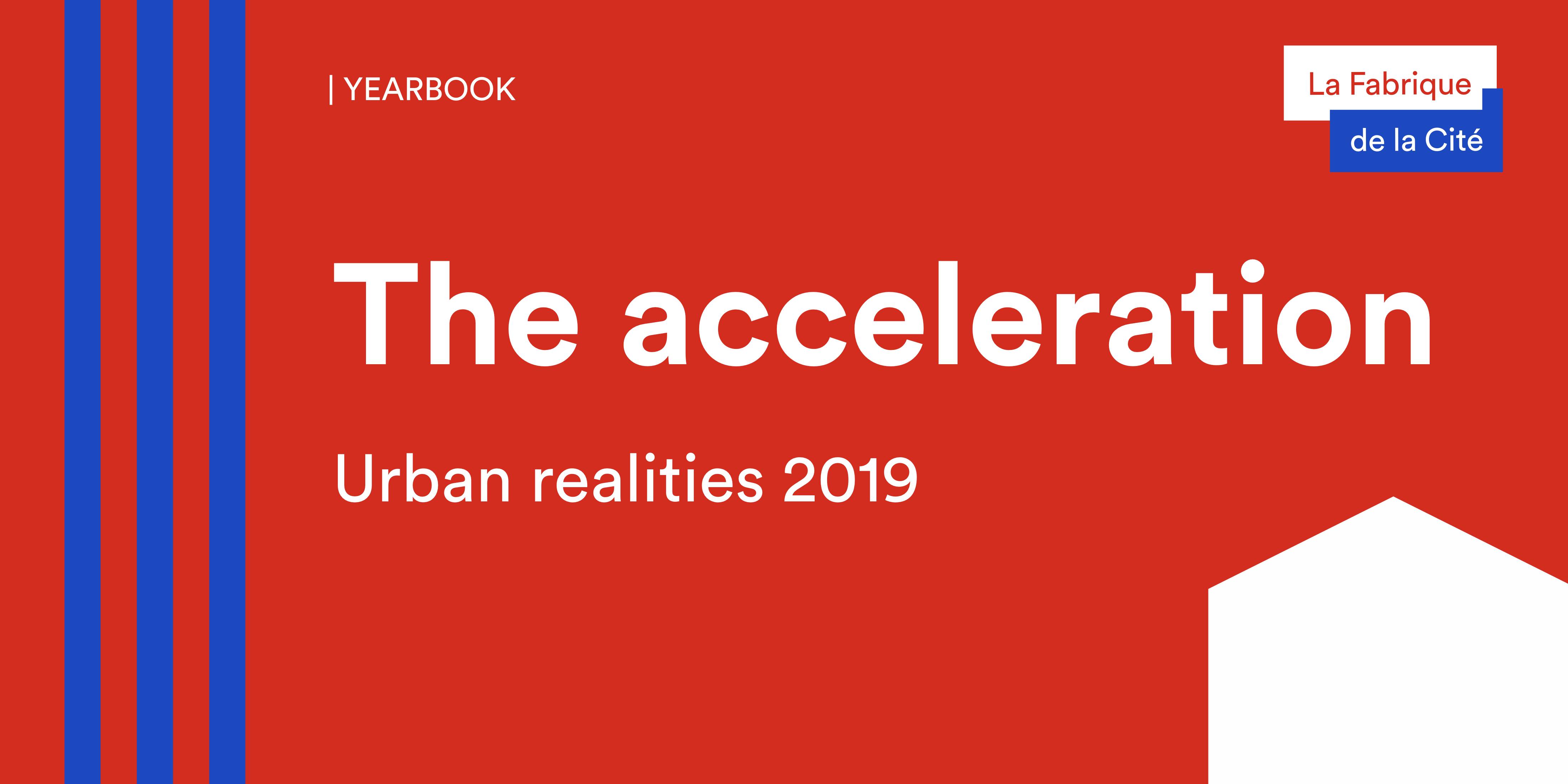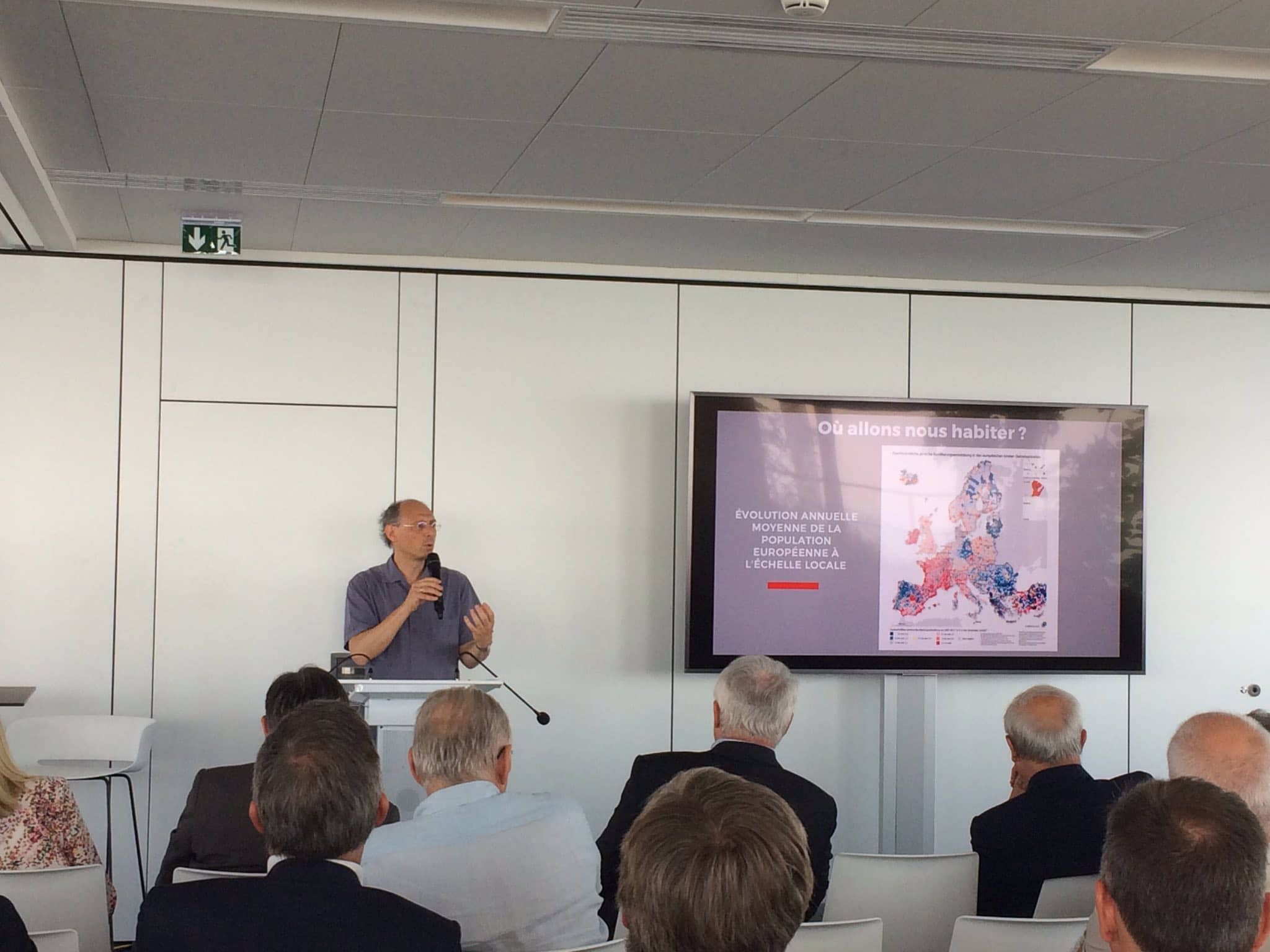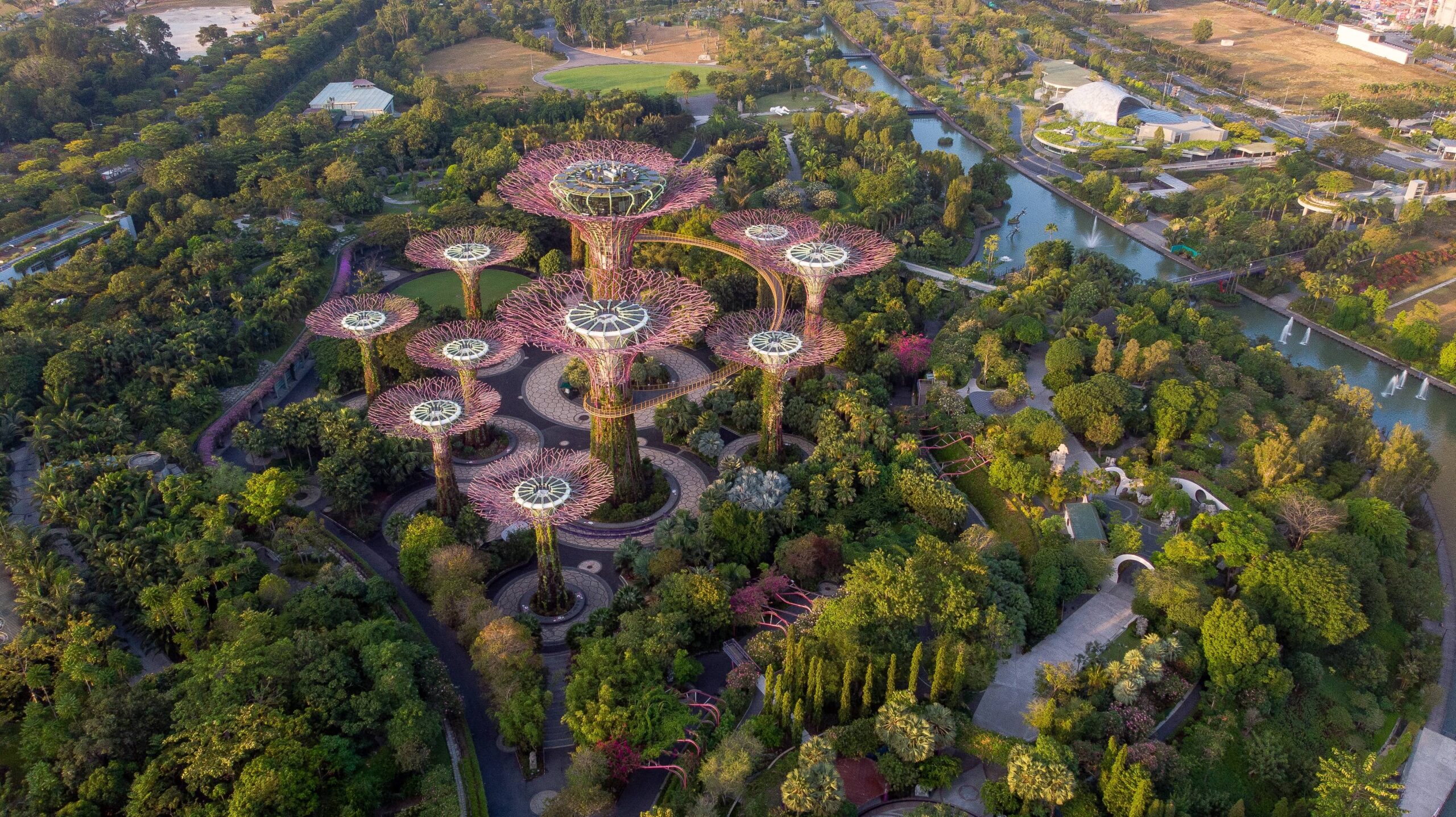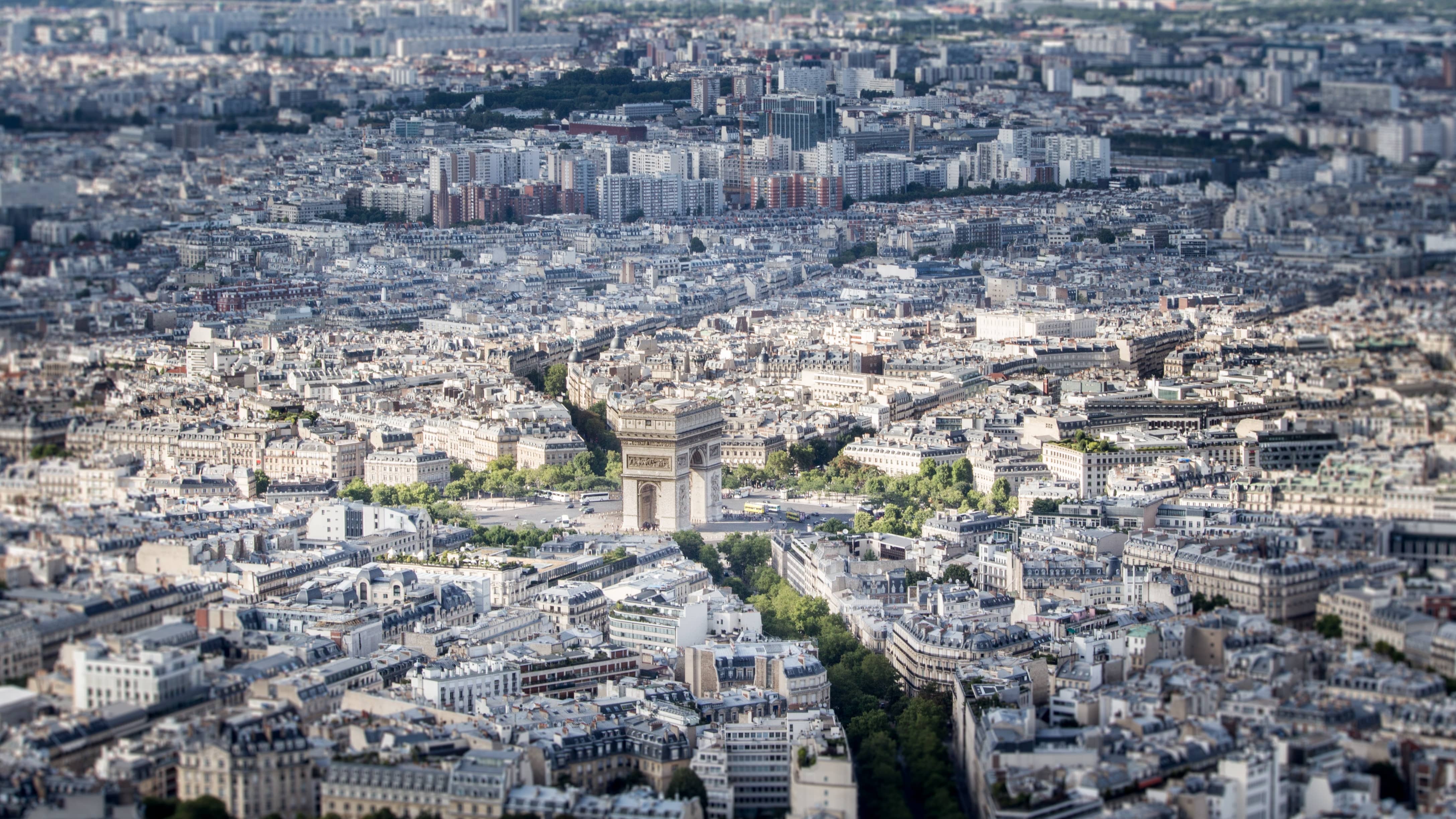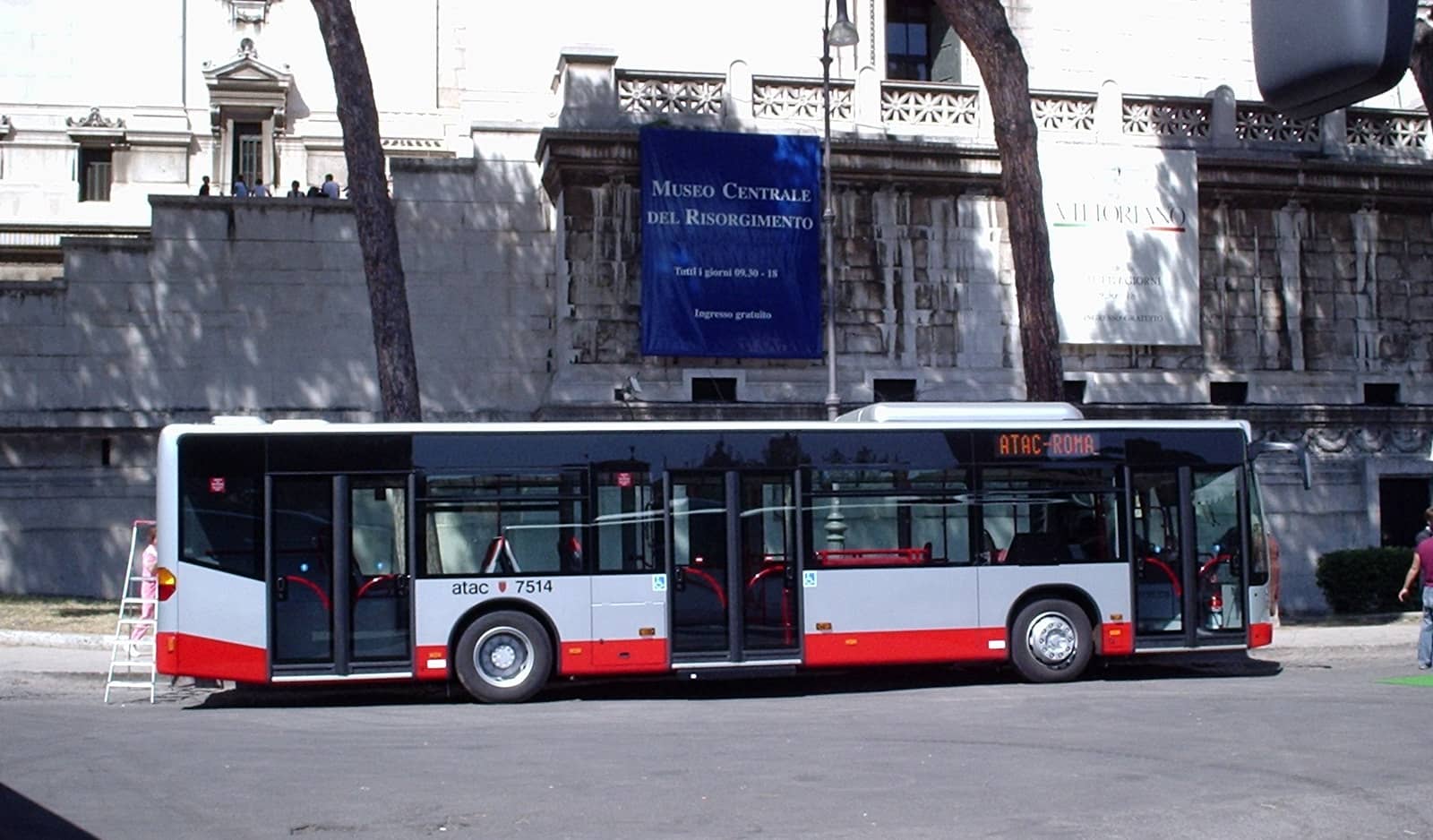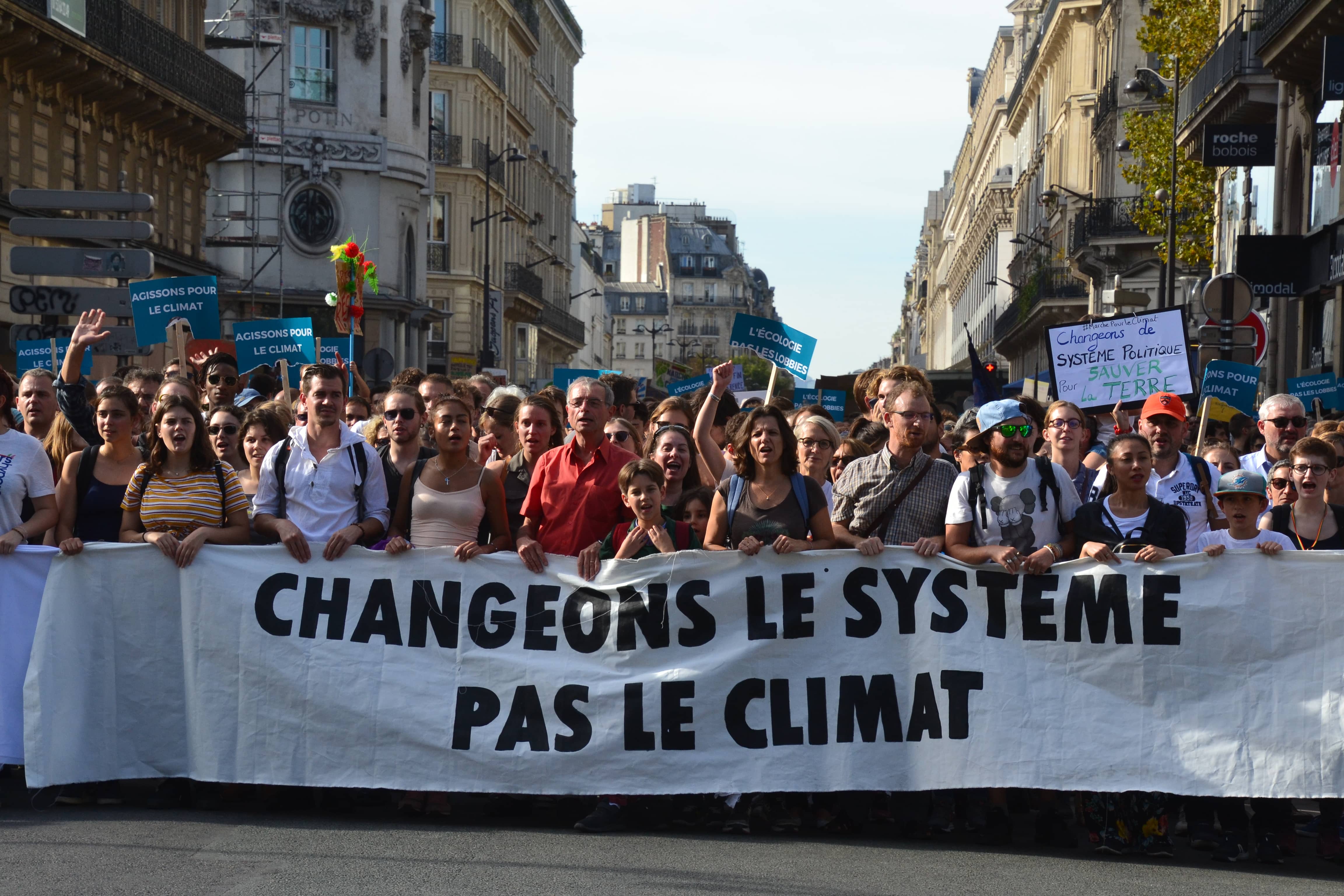

Large infrastructure projects head to head with 21st century democracy: pride, prejudice, sense and sensibility

The ecological transition is urgent, as heat records are continually broken and points of no return passed, whether they relate to biodiversity or resource depletion. The urban transition is just as urgent, as cities draw ever more men and women in search of a better present and future, and as the question arises of the negative effects of urban concentration on health, the environment, and social inequalities.
These two transitions posit another emergency: that of the investments required to bring these transitions from diplomatic and legislative commitment to tangible reality for the former, and from established fact to controlled development for the latter. These investments relate to R&D in clean materials and technologies and new economics models (for instance, power market models that take into account flexibility and storage), but also to social infrastructure (health, education), and mobility network infrastructure for persons, goods, electrons, bits… The urban and ecological transitions will necessarily be highly capital-intensive.
It is, however, in this very context that tensions around large infrastructure projects appear to be multiplying. The dam in Sivens, the Notre Dame des Landes airport, the deep repository in Bure, the outer bypass in Strasbourg, the Stuttgart 21 project and the construction of electricity transmission lines in Germany, the bridge between Zhuhai, Macao, and Hong Kong in China, and so forth… A geography of contestation is emerging, characterized by diverse, more or less violent manifestations: civil disobedience and peaceful demonstrations as in the Hambach forest, resort to violence, use of media, judicial proceedings, etc.
In light of the crucial aforementioned issues, it is time to question these movements and their meaning. Let us formulate five non-exclusive hypotheses:
- Are these movements evidence of the collapse of existing legal tools, against the backdrop of our evolving relations to political representation and decision-making, which partly result from the digital revolution? Dialogue, consultation, public debate, public inquiry are, in this perspective, to be re-appraised and re-founded. “Other times, other customs”: law is, after all, a social science.
- The second hypothesis gives an even more central place to the question of technology. Descartes and the 17th century created the individual philosophically, with “I think, therefore I am”, while the Revolution and the Declaration of Human rights created him politically a century later; today, technology is completing the process by giving the individual a singular voice in the physical space of the multitude – the notorious “industrialization of individualization” mentioned as early as 2014 by Emmanuel Davidenkoff. In this context, how may we respond rationally to “not in my backyard” reactions, the infamous NIMBY, the indignant outcry by an individual who pits his subjectivity – his experience, as some today would say – against a discourse founded upon (political, scientific) arguments presented as rational and objective?
- Third hypothesis: the emergence of the individual into real space gives the local, the previous frame of daily life, newfound importance. Short circuits, cities of small distances… these are all notions that attest to a political over-investment into the local. The global is questioned alongside everything that is regarded as distant, as large. In this perspective, may the tensions raised by large projects be proof of a broader refusal of what is perceived as the pride of the “glorious thirty”, a remainder of the hubris of a bygone era?
- This refusal of the “large” – large project, large company, goes hand in hand with a fundamental reconsideration of financial capitalism. Borderless, ultra-mobile, this capitalism is by very nature non-territorial and, in a mirror effect, rejected by transnational movements (Occupy Wall Street, Indignados…) which capitalize on their dual status as both cross-border and ultra-spatialized. This revenge of territories would thus be another manifestation of the opposition to financial capitalism that appeared in the 1980s.
- Finally, we must question our relation to the world on a more fundamental level. During the “glorious thirties”, a modernizing frame of reference prevailed, leading to the construction of all the infrastructure of that period; this referential applied to all projects and was discussed among senior branches of civil service, local elected officials, and unions. This frame of reference no longer works. Is it currently being replaced by a new one, ecology, whereby man is part of a more global ecosystem in which an unprecedented place is given to animal and vegetal species?
La Fabrique de la Cité hopes to debate these hypotheses throughout the year 2019; no one can accept a situation that jeopardizes the success of the major transitions we must carry out in the coming decades. First stop, 20 February: join us to watch future generations try our times and tell us whether citizens should have the final say.
Pride, prejudice, sense and sensibility: the keen mind and sharp wit of Jane Austen will undoubtedly reign over the lively debates this subject will raise!
These other publications may also be of interest to you:

Lisbon beyond the Tagus
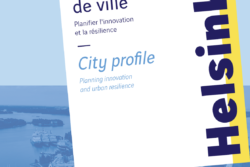
Helsinki : Planning innovation and urban resilience

Sending out an SOS

Behind the words: telecommuting
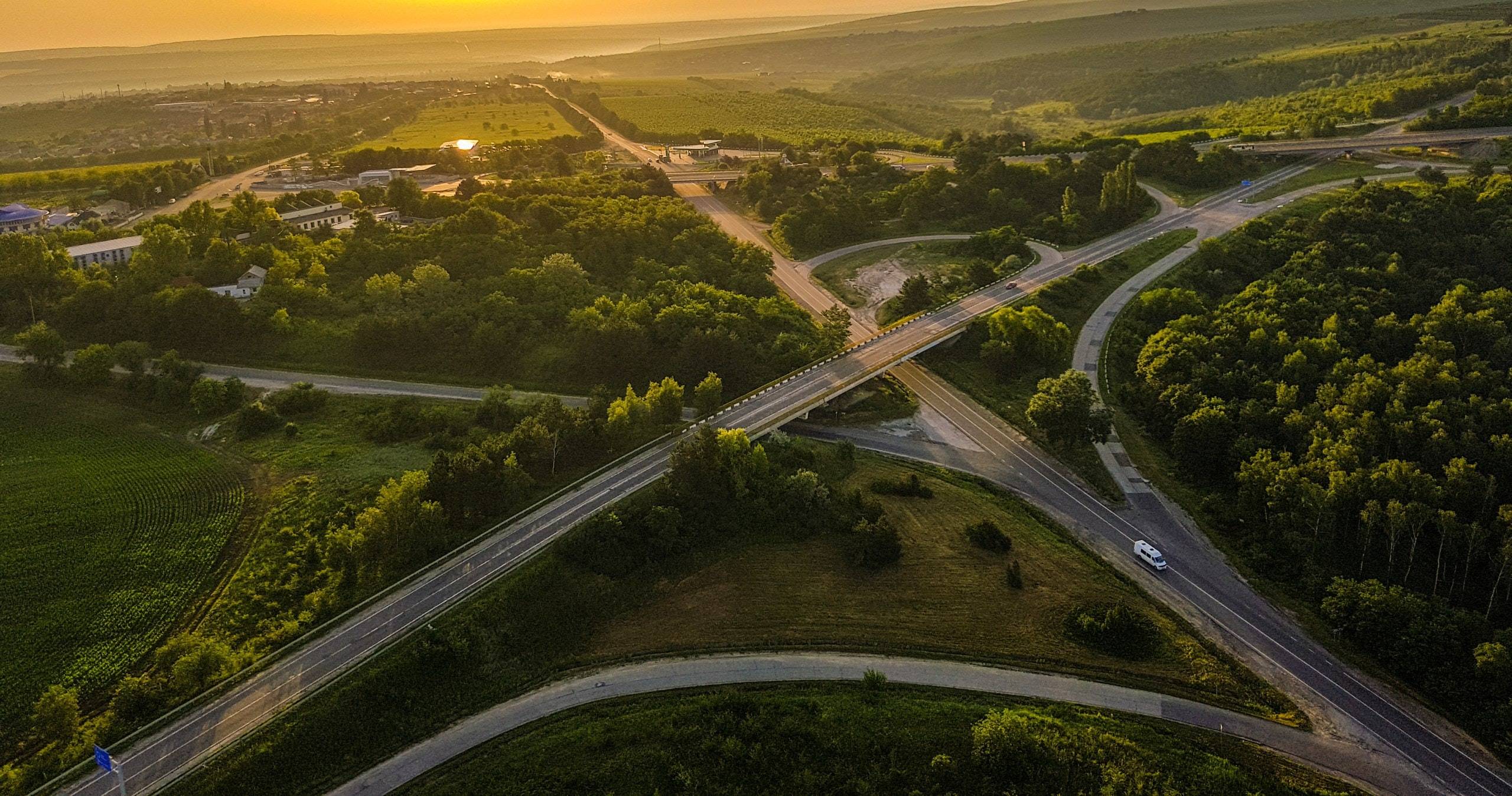
Behind the words: urban congestion

Toronto: How far can the city go?

The political and technological challenges of future mobilities

Inventing the future of urban highways
La Fabrique de la Cité
La Fabrique de la Cité is a think tank dedicated to urban foresight, created by the VINCI group, its sponsor, in 2010. La Fabrique de la Cité acts as a forum where urban stakeholders, whether French or international, collaborate to bring forth new ways of building and rebuilding cities.















